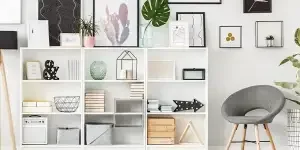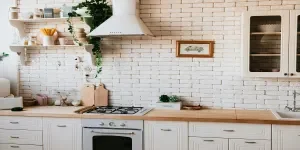Table of Contents
● Introduction
● Market overview
● Different Types of shelves
● Things to consider when selecting products
● Conclusion
Introduction
Organizing spaces efficiently while maintaining aesthetic appeal is crucial in modern living and business environments. Storage shelves and units play an essential role in achieving this balance, offering versatile solutions for various needs. The market for these products is rapidly growing, driven by trends like multifunctionality and eco-friendly materials. Understanding the different types and their features, along with key considerations for selection, ensures optimal use of space. This guide provides insights into the market overview, types of shelves, and factors to consider when choosing the right products.
Market overview
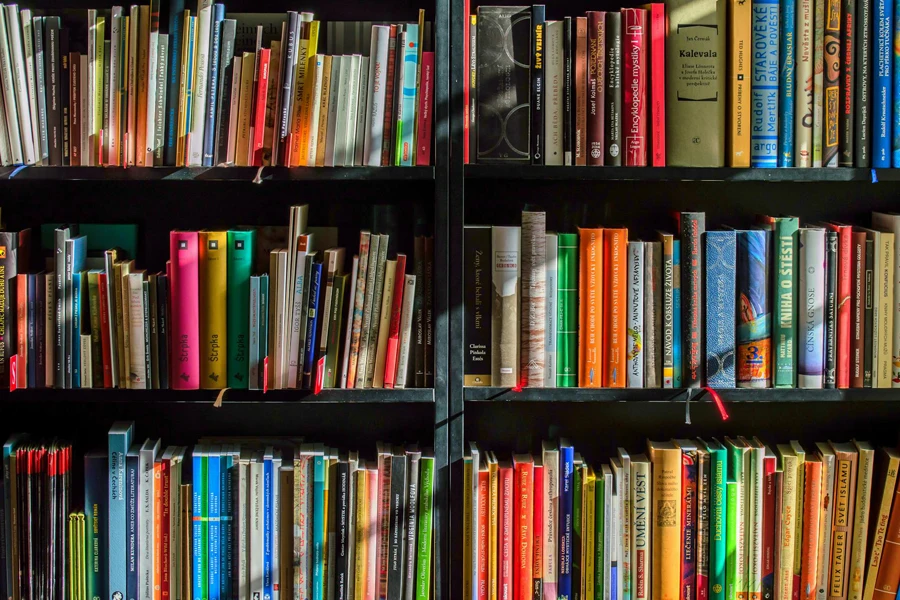
Market scale and growth
The global market for storage shelves and units was valued at USD 1562 million in 2023 and is projected to reach USD 2423.1 million by 2030, with a compound annual growth rate (CAGR) of 6.2%. This robust growth is driven by increasing urbanization, the need for efficient space utilization, and the rising demand for aesthetically pleasing and functional storage solutions. The trend towards smaller living spaces in urban areas is particularly fueling the demand for versatile and space-saving storage units. Additionally, the growth of e-commerce and retail sectors is contributing to the increased adoption of advanced shelving systems to optimize storage and inventory management.
Market changes and trends
There is a notable rise in the demand for multifunctional and eco-friendly materials in the storage shelves and units market. Consumers are increasingly opting for products made from sustainable materials like bamboo, engineered wood, and recycled plastics, driven by growing environmental awareness. Technological advancements are also impacting the market, with smart shelving systems integrating features like sensor-activated lighting and inventory management systems. These innovations enhance the functionality and convenience of storage solutions, making them more appealing to tech-savvy consumers and businesses looking to improve efficiency and organization.
Different types of shelves
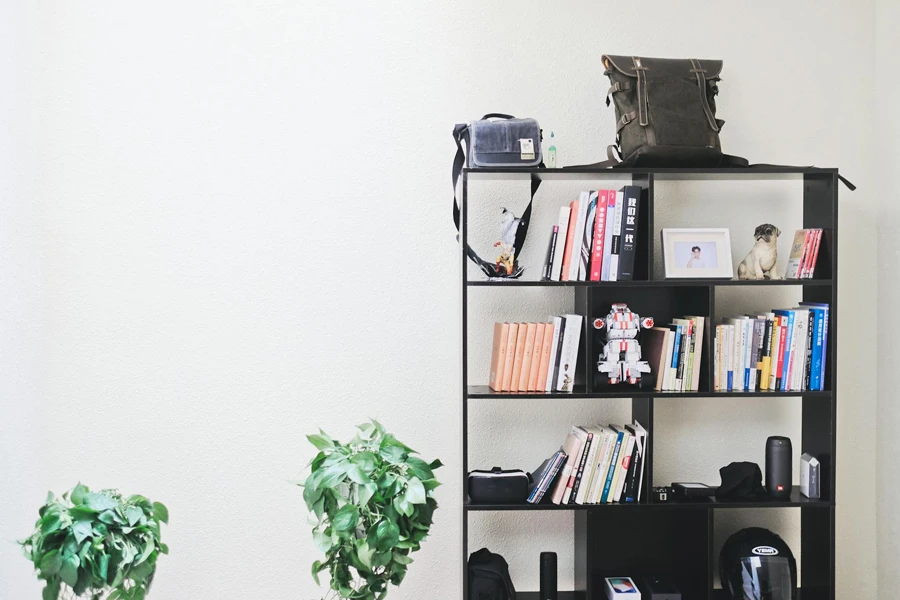
Floating shelves
Floating shelves are mounted to the wall with concealed brackets, typically using a cleat or rod system that anchors the shelf firmly. They are designed for ease of installation with basic tools, making them accessible for DIY projects. Suitable for small spaces, kitchens, living rooms, and bedrooms, floating shelves are ideal for displaying lightweight decorative items, books, and kitchenware. They generally support weights up to 30-50 pounds per shelf, depending on the material and mounting hardware. Pros include a sleek, modern design and space-saving qualities, while cons are limited weight capacity and potential issues with stability if not properly installed.
Fixed-bracket shelves
Fixed-bracket shelves use visible brackets that can be both decorative and structural, providing robust support. Installation involves securing the brackets to wall studs with screws and anchors for maximum stability. These shelves can support heavier loads, typically up to 100 pounds per shelf, making them suitable for offices, garages, and living areas. Pros are their versatility and strength, allowing for the display of both decorative items and heavier objects like electronics or kitchen appliances. Cons include the visible brackets, which may not suit all aesthetic preferences.
Adjustable slotted shelves
Adjustable slotted shelves consist of vertical metal strips with slots into which brackets can be inserted at various heights. These systems can be wall-mounted or freestanding and are often used in garages, workshops, and offices for storing tools, equipment, and documents. The metal strips are typically made from steel, ensuring durability and strength, with load capacities ranging from 200 to 600 pounds per unit. Pros include flexibility and ease of height adjustment. Cons include a utilitarian appearance that may not blend well with residential interiors.
Built-in shelves
Built-in shelves are custom-fitted into wall recesses or alcoves, often requiring professional installation. They are constructed to match the dimensions and decor of the space, using materials like wood, MDF, or drywall. These shelves are ideal for maximizing space in living rooms, home offices, and libraries, supporting medium to heavy loads depending on the construction. Pros include a seamless, integrated look and efficient use of space, while cons are higher installation costs and limited flexibility once installed. Load capacities can vary, but they typically range from 50 to 200 pounds per shelf, depending on the design and materials used.
Pullout shelves
Pullout shelves operate like shallow drawers, mounted on ball-bearing glides or soft-close runners for smooth operation. They are often used in kitchens and pantries to store food items and cookware, with load capacities up to 100 pounds per shelf. These shelves provide easy access and efficient use of space, especially in deep cabinets. Pros are their accessibility and efficient storage, while cons include the need for precise installation and potential wear on glides over time.
Leaning shelves
Leaning shelves rest against the wall at an angle, with wider shelves at the bottom and narrower ones at the top. They are constructed from materials like wood, metal, or composite and are typically designed to support light to moderate loads, with each shelf holding up to 50 pounds. Suitable for living rooms, bedrooms, and offices, they are used to display books, plants, and decorative items. Pros include easy installation and a unique look, while cons are limited stability and suitability for only lighter items.
Tension rod shelving
Tension rod shelves use extendable rods that fit between the floor and ceiling, eliminating the need for drilling. These systems are ideal for renters and small spaces, as they can be easily moved and reconfigured. They are typically made from metal or plastic, with each shelf capable of supporting up to 20-30 pounds. Pros include ease of installation and versatility, while cons are limited load capacity and potential instability if not properly adjusted.
Freestanding shelving
Freestanding shelves are standalone units that do not require wall mounting. They come in a variety of styles, materials, and sizes, such as metal wire racks, wooden bookcases, or plastic modular units. These shelves are suitable for any room, including garages, warehouses, living rooms, and offices, and can support a wide range of items, with load capacities ranging from 200 to 1000 pounds per unit. Pros include flexibility and ease of repositioning, while cons are that they take up floor space and may require assembly.
Things to consider when selecting products
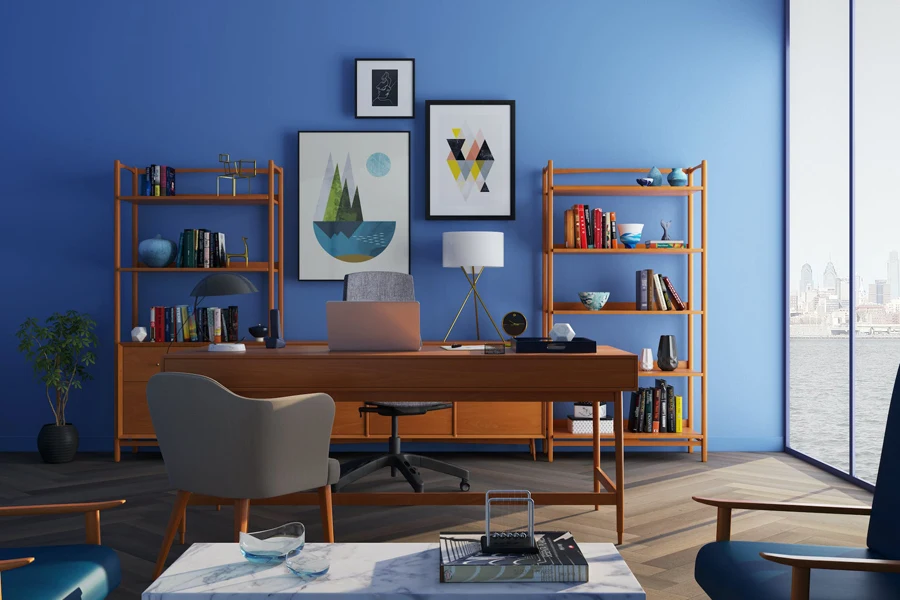
Weight capacity
When selecting storage shelves, consider the weight capacity required for the specific needs. Light load shelves, typically supporting up to 50 pounds per shelf, are made from materials like MDF or light metal and are suitable for items such as books, small decor, and office supplies. Medium load shelves, supporting between 50 to 200 pounds per shelf, often use reinforced materials like steel or solid wood and are ideal for storing kitchenware, heavier decor, and electronic devices. Heavy load shelves, designed to support over 200 pounds per shelf, are constructed from robust materials such as industrial-grade steel and are used in workshops, garages, and warehouses for heavy equipment and bulk storage.
Placement and accessibility
Consider the placement and accessibility of the shelving units. Free-standing shelves are versatile and can be moved easily, making them ideal for spaces that require reconfiguration. Wall-mounted shelves save floor space and are ideal for areas with limited room, but they require secure installation. High shelves maximize vertical space and are suitable for items that are not frequently accessed, whereas low shelves are better for everyday use. Additionally, for specific environments like wet areas or outdoor spaces, choose shelves that are water-resistant and durable against environmental factors. For example, stainless steel or treated wood are excellent choices for these conditions, providing both durability and resistance to moisture and weather.
Material options
The material of the shelves significantly impacts their durability, appearance, and suitability for different uses. Wooden shelves, available in solid wood or engineered wood like MDF and plywood, offer a classic look and can be finished with varnish, paint, or laminates for added protection and aesthetics. Metal shelves, made from materials like steel or aluminum, are durable, easy to clean, and often used in kitchens and industrial settings. Steel shelves, particularly those with powder coating, provide excellent corrosion resistance and strength. Glass shelves, typically made from tempered or laminated glass, offer a sleek, modern appearance and are suitable for displaying delicate items; however, they require careful handling due to their fragility.
Style and design
Choosing the right style and design is crucial for integrating shelves into an existing decor. Traditional shelves often feature wood with ornate details, suitable for classic interiors. Contemporary shelves, available in various materials and finishes, offer clean lines and minimalist designs, fitting modern spaces. For a unique touch, consider geometric or asymmetrical designs that serve as focal points in a room. Ensure the chosen style complements an overall decor theme, whether traditional, contemporary, or minimalist, to create a cohesive look.
Current trends
Current trends in shelving emphasize eco-friendly materials, smart technology, and modular designs. Nowadays, there is an increasing demand for shelves made from sustainable materials like bamboo, reclaimed wood, and recycled plastics. These options not only reduce environmental impact but also appeal to eco-conscious consumers. Smart shelving systems are gaining popularity, integrating features like sensor-activated lighting and inventory management to enhance functionality. Modular and space-saving designs are also on the rise, offering flexibility and adaptability in both residential and commercial spaces. These trends reflect a growing preference for practical, sustainable, and technologically advanced storage solutions.
Conclusion
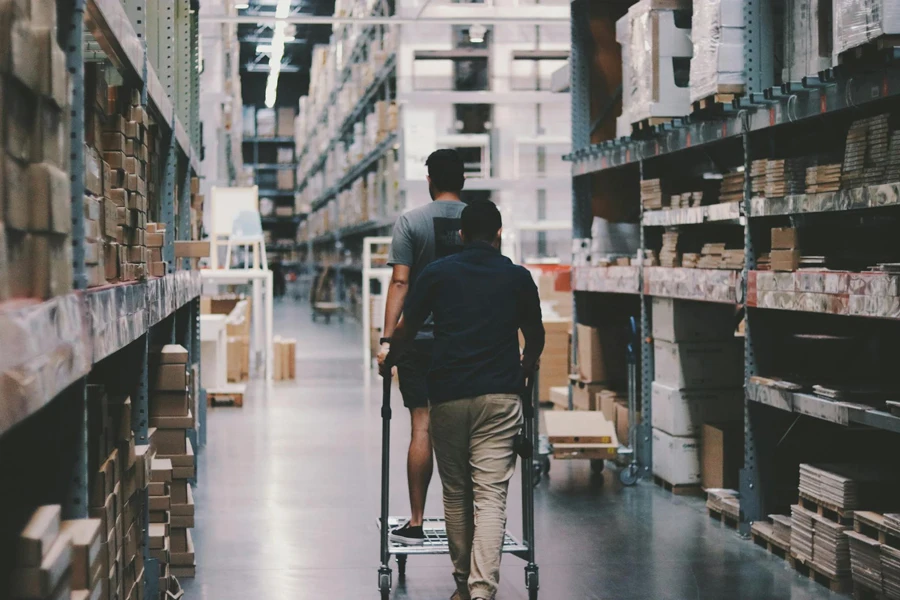
Selecting the right storage shelves and units requires careful consideration of market trends, available types, and specific needs. Understanding the weight capacity, placement, material options, style, and current trends will ensure that the chosen solutions effectively optimize space and enhance functionality. By making informed decisions, businesses can achieve efficient and aesthetically pleasing storage solutions that meet their client’s unique requirements.

